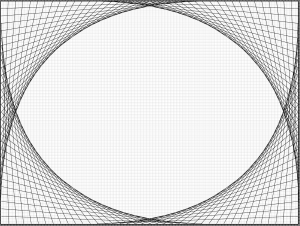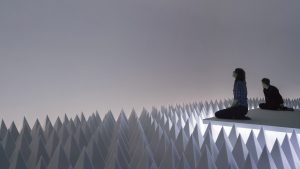https://www.theatlantic.com/entertainment/archive/2014/08/computers-that-compose/374916/
“When Robots Write Songs” is a particularly interesting article, and the thing that stuck out to me while reading it was the computational sound experiment performed by David Cope. David Cope, a computer scientist AND composer, has looked at the role that computer science can play in composing music and has tried to combine the two disciplines by using a program to spew out music in the style of different genres that it seeks to emulate. This program is called “EMMY” which is named after the acronym of his work “Experiments in Musical Intelligence”. EMMY analyzes the patterns in the songs that it is fed, and creates new work in the style of the music it analyzed, often creating musical masterpieces that sound much like the original artists.
I find this work/experiment particularly inspiring, in the sense of how scary it could prove to be. It also begs a lot of questions about the nature of music and musical expression, such as how can music be made to provoke emotion in some individuals? When music is made by flesh and blood and provokes emotion in those who listen, what does it mean when a computer algorithm creates music that is better and also provokes emotion? I don’t think that human musicians will ever be replaced by robots, but the idea itself is slightly unsettling. The alternative view to this would be that it is a celebration of human accomplishment, that we have finally found a way for the automated to express the seemingly unautomated (music). Music is something that requires time and dedication and is not usually considered alongside programming and computer science, however, this project attempts to bridge the gap between music and other seemingly unrelated disciplines.
![[OLD FALL 2017] 15-104 • Introduction to Computing for Creative Practice](../../../../wp-content/uploads/2020/08/stop-banner.png)




